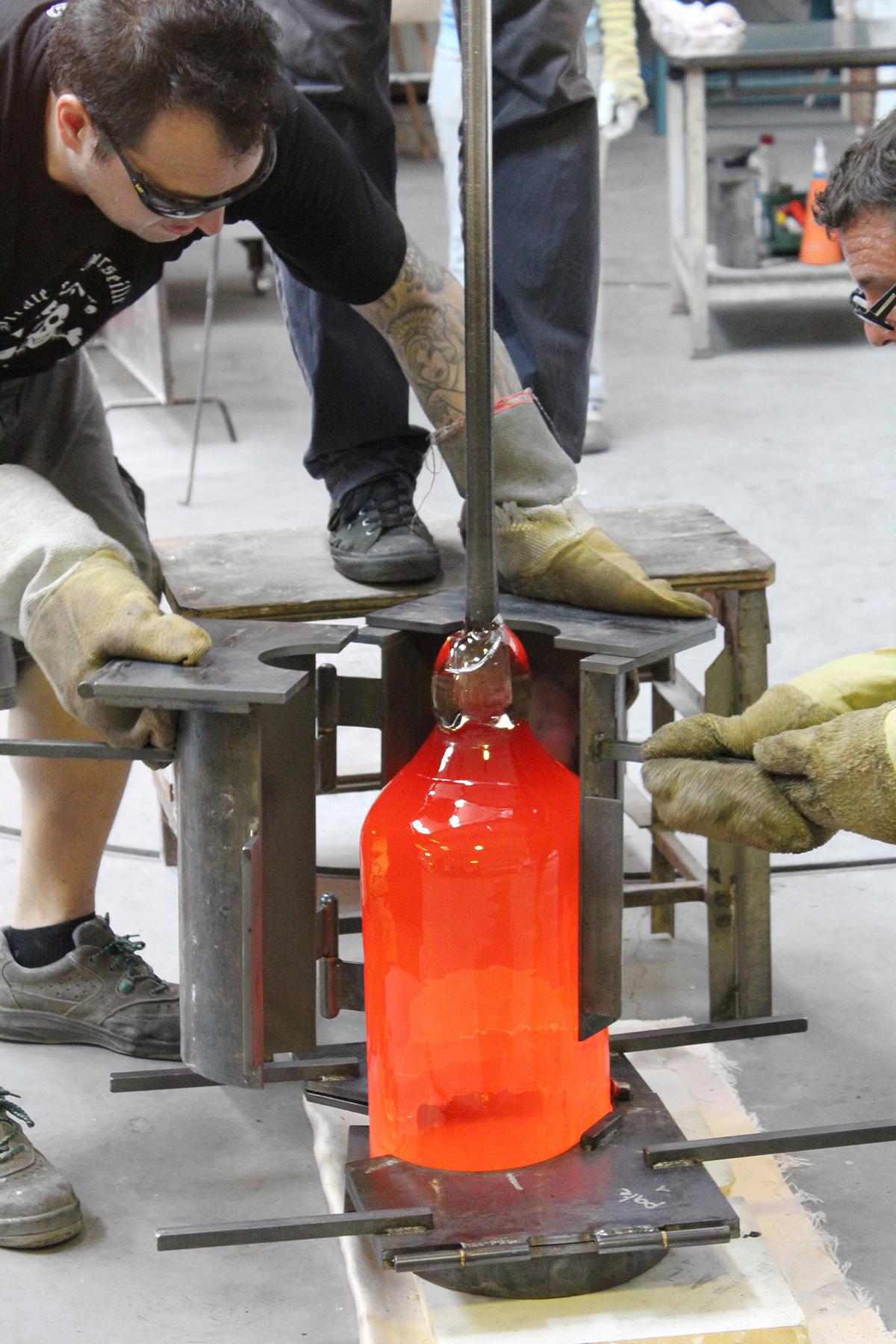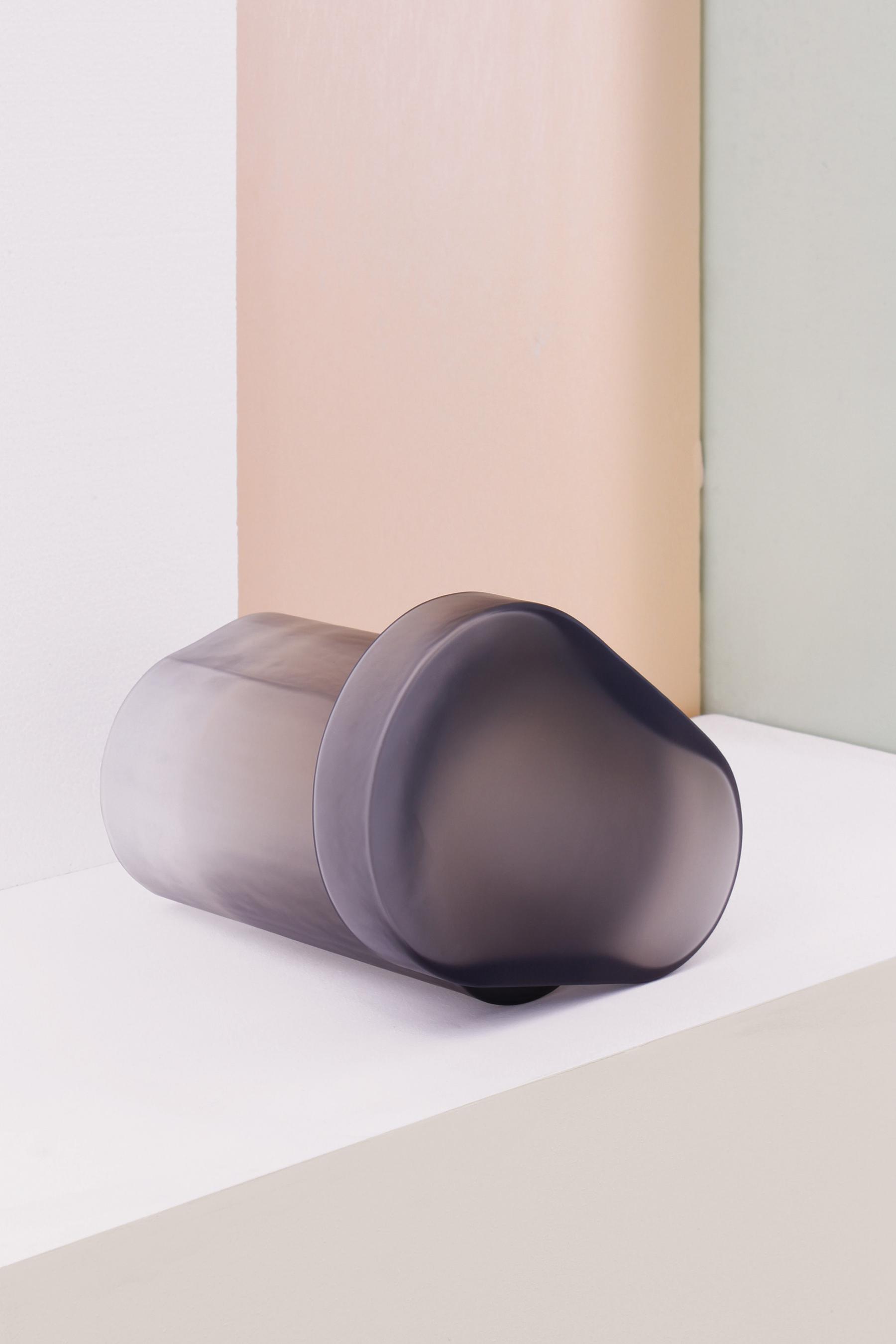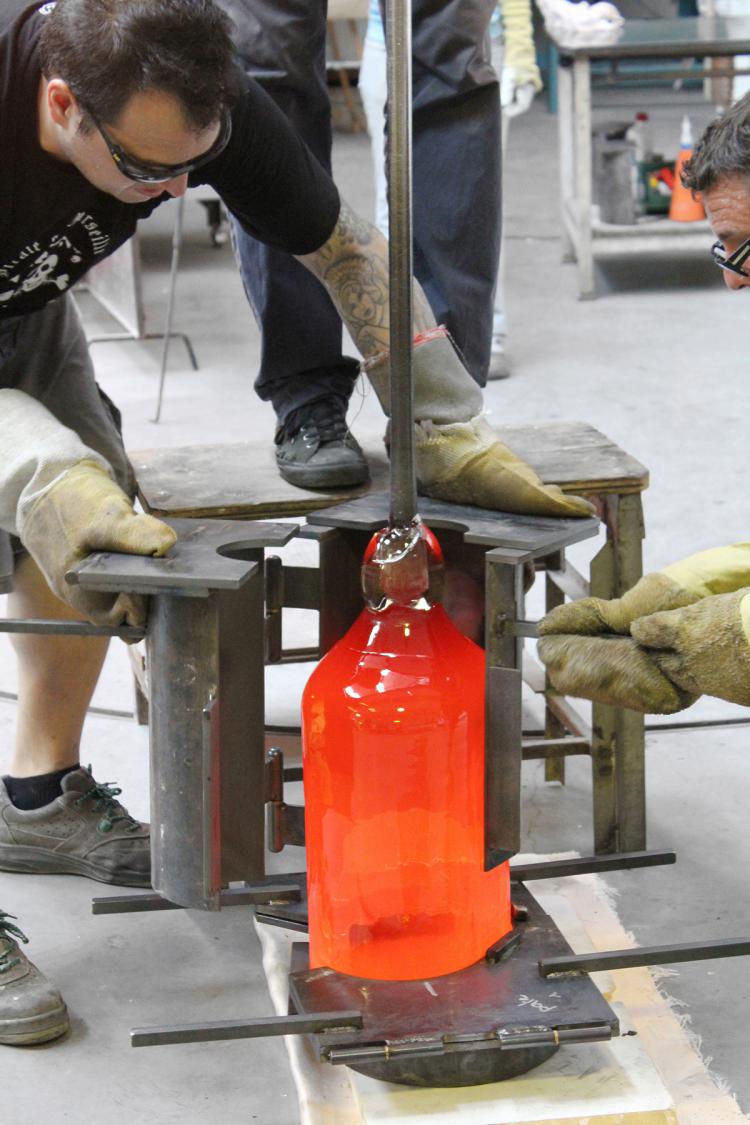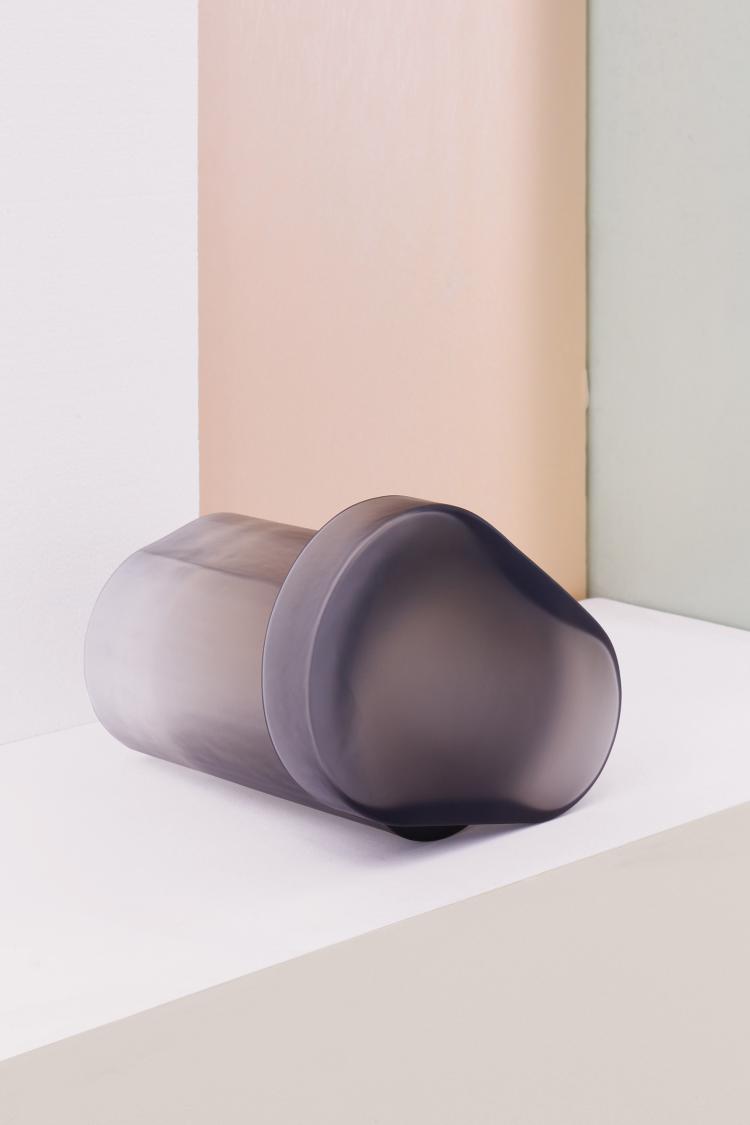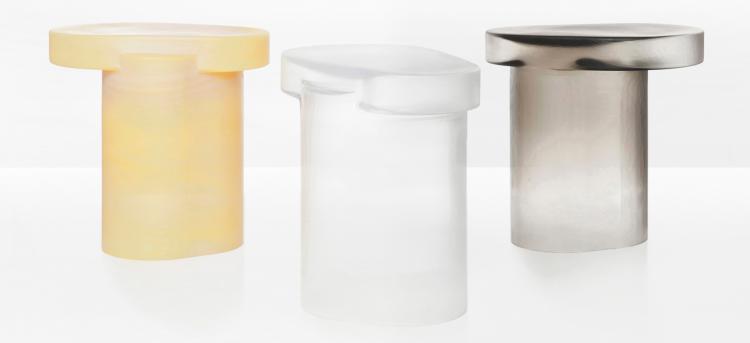“Glass is, in general, the enemy of secrets.”[1]This was how Walter Benjamin identified the ambivalent transparency of a material with which it seems very difficult to hide one’s intentions. The dialectics between apparent banality and potential for transgression in habit the process that has governed Cirva’s mission since its creation over thirty years ago in Marseille. Indeed, the laboratory’s vocation is to explore the relationships between art, design and glass through a wide range of the oretical and practical procedures, combined with the personal approaches of the artists and designers who are invited there for research and creation residencies.
The Glass-Oriented Designe xhibition presents an eloquent series of experiments with glass conducted at Cirva by designers from very different horizons, but who are united by the opportunity to work and take part in an ongoing dialogue with the glassmaker.
The first part of the show focuses on the object-constructions invented by Andrea Branzi at Cirva between 2001 and 2008, which question the relationships between domestic objects, nature and architecture.
A more formal, technical approach to the material is highlighted through the research of Sylvain Willenz (Shift, Spot lights and Block containers collections, 2011/2012) and the lighting project developed by the Frenchduo Normal Studio (2013/2016), which explore the imprint left by the mould. The emphasis here is placed on the stages of work which make it possible to understand the experimental process.
Through the poetic, narrative universe of David Dubois, the exhibition also considers questions of randomness and movement. Like a central theme, a series of unique works including suspension and wall lights (Globes, 2014) form a lighting landscape which in spatial terms is both graphic and diaphanous.
Since 2011, Cirva and the Design Parade festival at the Villa Noailles in Hyères have chosen to work together through a one-year research residency grant for the winner of a competition. The young designer is given the brief to create one or a series of original vases. These creations are now being used to decorate the Villa Noailles with flowers, as during the time of the villa’s commissioners, Charles and Marie-Laure de Noailles, who were aesthetes and loved flowers. This precious testimony to modernist architecture, designed by the architect Robert Mallet-Stevens between 1923 and 1933, still remains contemporary and full of life.
The exhibition scenography has been entrusted to Normal Studio. Drawing on their research experience at Cirva, they have designed a framework that enables the various worlds and functions to interconnect, there by codifying Cirva’s language of commitment to design and creation.
[1]Benjamin, W., “Experience and Poverty”, in Jennings, M.J., Eiland, H. and Smith, G. eds., Selected Writings: Vol. 2 (1927-1934), Cambridge, University Press, 1999, pp. 731-736
